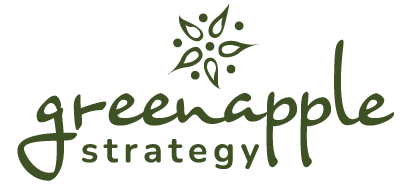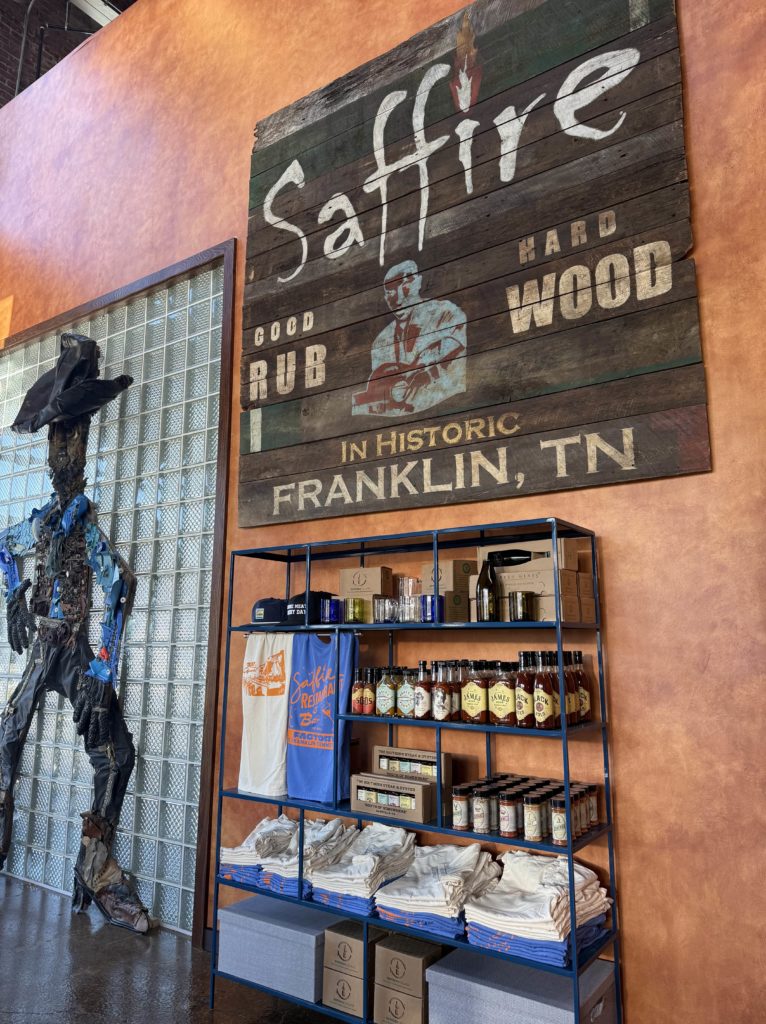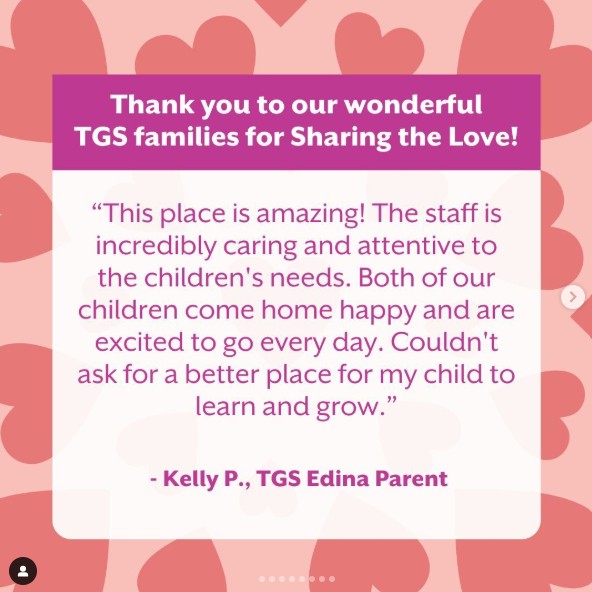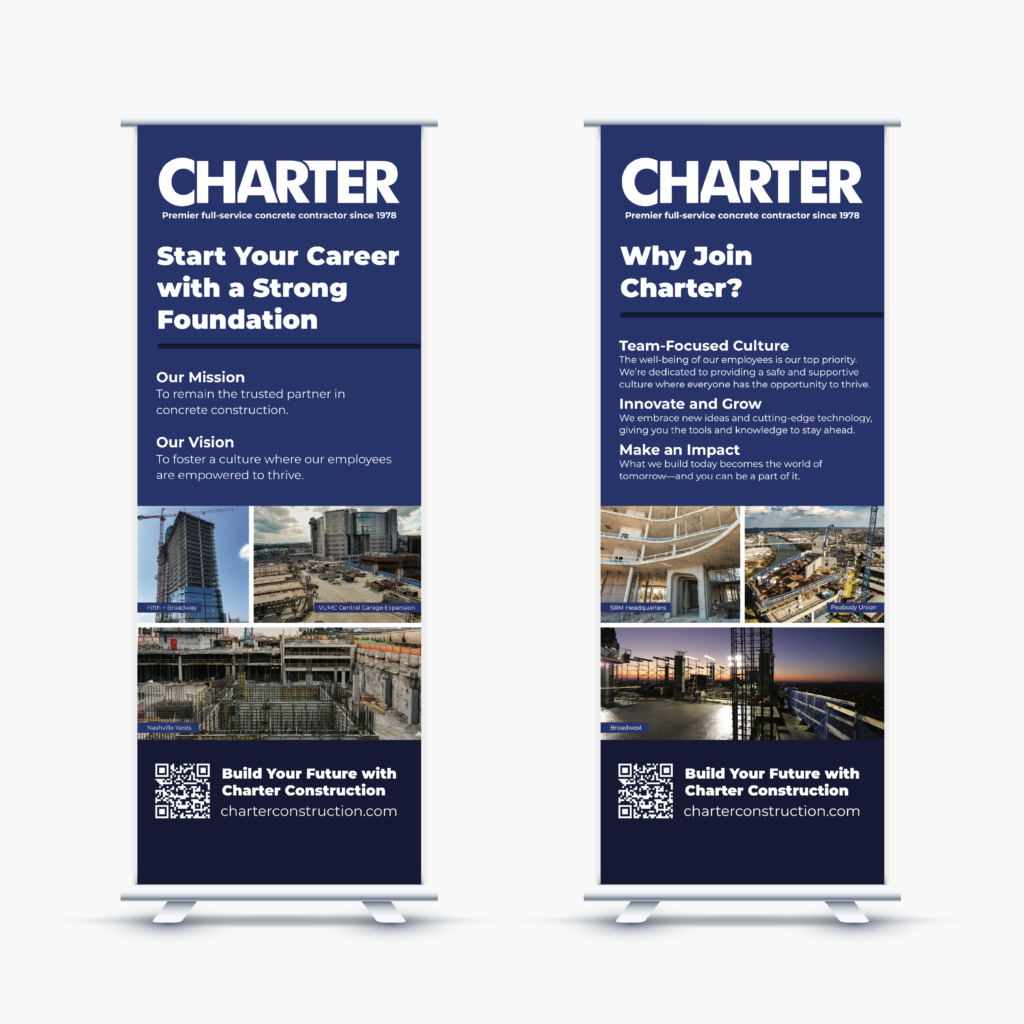Graduation season is upon us. It’s a time buzzing with fresh energy and brimming with potential. But graduation season isn’t just exciting for students—it’s a golden opportunity for businesses, too. If you’re a B2B company, this time of year is your chance to connect with the next generation of professionals ready to dive into the workforce.
But attracting and retaining new employees isn’t easy, especially for small to mid-size B2B businesses trying to compete with larger or more well-known employers. While recruitment strategies have traditionally been left to HR, we believe there’s a big opportunity for marketing to step in and make a real impact.
How Marketing Principles Can Transform Employee Recruitment
At Green Apple, we’ve worked with businesses across all kinds of industries to improve employee recruitment efforts with marketing. From shaping culture messaging to creating standout recruitment campaigns, we’ve seen firsthand how marketing and HR can work together to make recruiting a whole lot more effective—and a lot more fun.
Here are a few of the strategies we’ve found to be game changers.
1. Show Off Your Culture (Because It Really Matters)
Today’s emerging workforce, particularly Millennials and Gen Z, places a significant emphasis on company culture. A recent Handshake report found that 67% of Gen Z graduates prioritize company culture over starting salary.
Company culture is not just about perks or free snacks. Today’s graduates want to know what your team is like, what values you stand for, and whether they’ll feel supported and inspired at work.
That’s where internal marketing and storytelling come in. Use your marketing channels—like social media, blogs, or even your website’s careers page—to give people a peek behind the scenes. Show real employees. Share authentic moments. Highlight what makes your team special.
Client Case Study: Our friends at Maxwell Roofing have built an incredible company culture, and it’s been a major advantage when it comes to hiring. We worked with them to develop a full strategy around this, including videos, blog posts, and branded content that highlights what life at Maxwell is really like. We even helped bring their values into their physical workspace, creating an environment that’s just as welcoming as their brand.
2. Let Purpose Drive the Conversation
For many young professionals, a company’s commitment to social responsibility is a crucial factor in their employment decisions. They want to work for organizations that align with their values and contribute positively to the wider community. Marketing can play a vital role in highlighting these initiatives in a genuine and impactful way, showcasing your company’s commitment to making a difference.
Client Case Study: We collaborated with First Acceptance Insurance (FAIC) to develop an employee-driven marketing strategy to create a stronger sense of connection across the company and attract new talent. A key component of this strategy was celebrating the employees who embody FAIC’s values and contribute to its positive work environment. The campaign spotlighted real employees, highlighted the company’s community efforts, and showed what makes FAIC a great place to launch a career.
3. Stand Out at Career Fairs
Career fairs, university recruitment events, and industry trade shows remain valuable platforms for connecting with potential candidates. But in a sea of booths and business cards, it’s easy to get overlooked. If you want to attract the best candidates, you need to make your brand memorable.
This is where marketing shines. With the right materials and messaging, you can turn a simple setup into an experience that gets people talking.
Client Case Study: A local commercial repair company wanted to up their recruitment game at local job fairs and trade schools. Our team worked with them to develop a comprehensive career fair campaign that included visually appealing booth designs and interactive elements, branded materials that showcased career trajectories, and the implementation of targeted social media campaigns to promote their participation at specific events.
4. Build Your Talent Pipeline Before Graduation
Why wait until graduation to connect with future employees? Building intentional relationships with students through internship programs, mentorship opportunities, or university partnerships can give your brand a head start. These initiatives allow you to nurture talent over time, so when it’s time to hire, you already have a pool of engaged, educated candidates who understand and value your company. And marketing’s strategic planning and communication capabilities are essential in designing and promoting these initiatives.
Client Case Study: We helped Charter Construction launch a strategic internship program that goes beyond just summer help on the jobsite. Together, we developed a full recruitment strategy aimed at attracting top students from target universities. From valuable mentorship opportunities to hands-on training experiences, the program positions Charter as a top choice for students interested in the construction industry.
Want to Build a Stronger Employer Brand? Let’s Talk.
Recruiting top talent in today’s market takes more than a great job description—it takes a thoughtful strategy. At Green Apple, we love helping businesses think beyond the job post and develop recruitment campaigns that resonate with the next generation of professionals.
If you’re gearing up for graduation season and want to attract emerging talent in a meaningful way, let’s connect. From employer branding to recruitment marketing strategies, we’re here to help you think strategically and grow your team with confidence.
Learn more about our strategic planning services or contact our team today to get started.
























